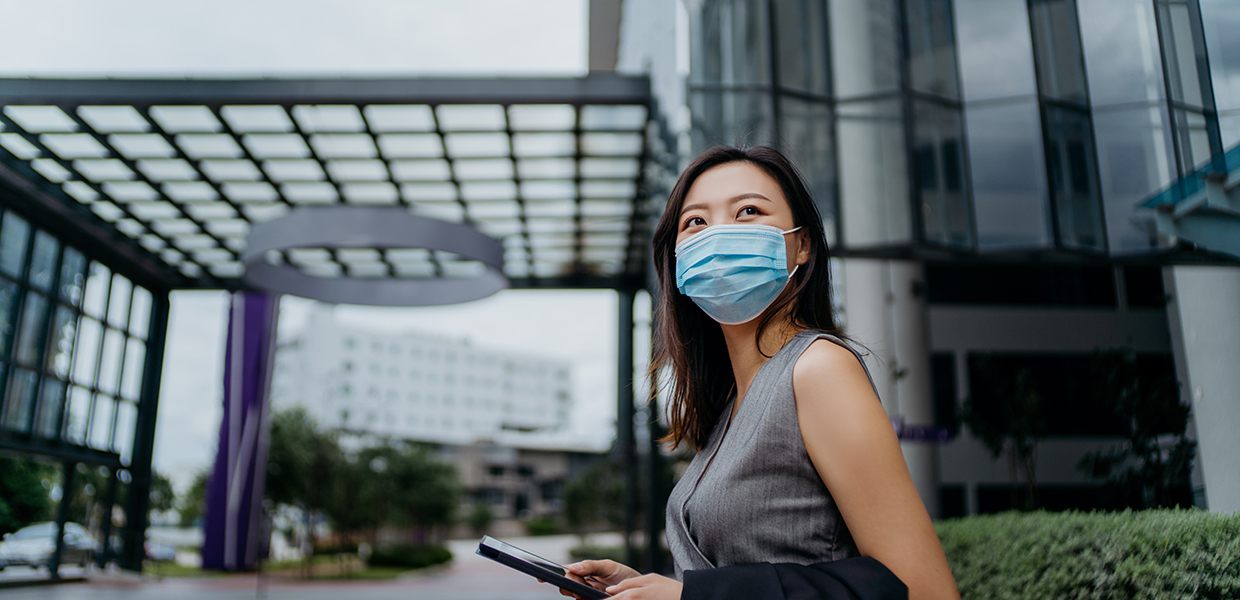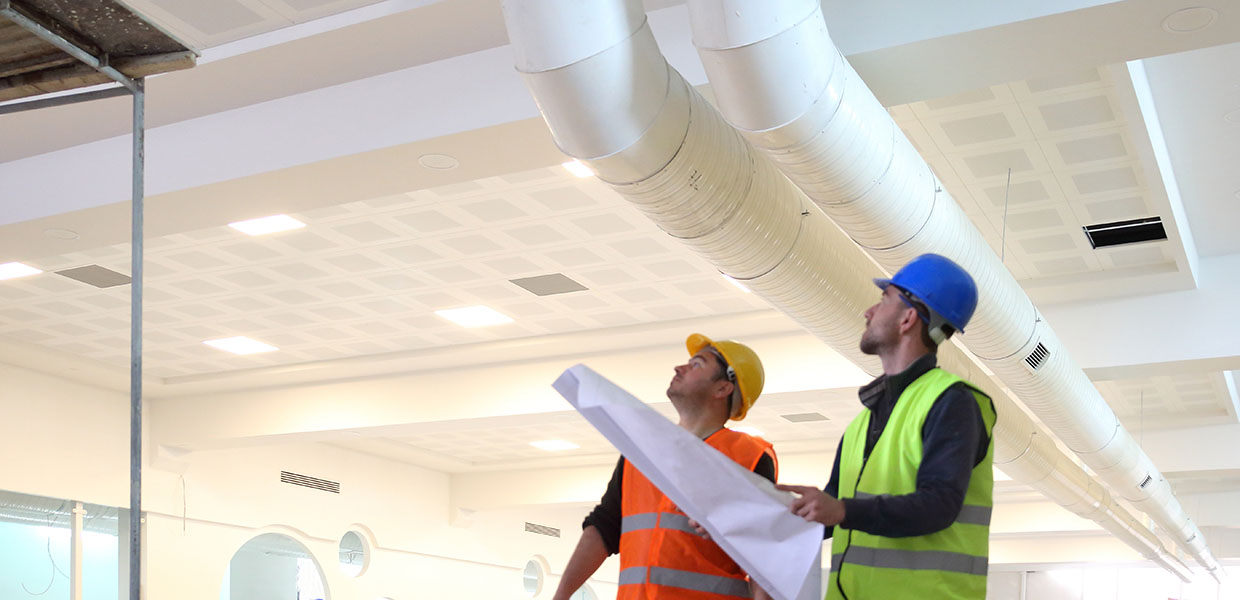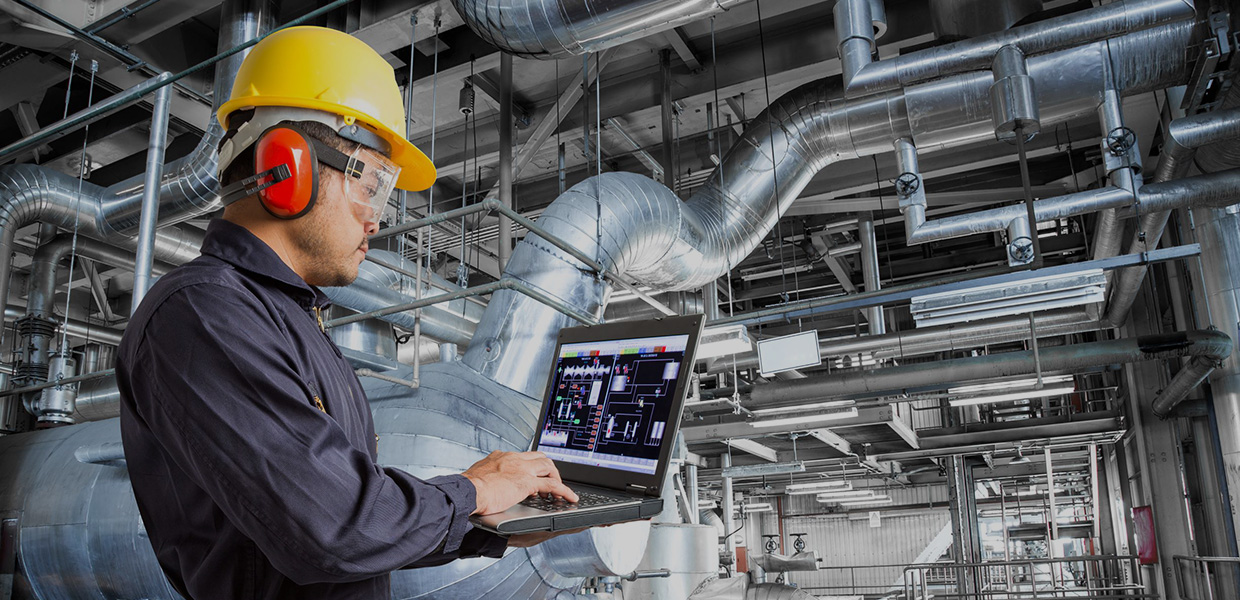The COVID-19 pandemic has fundamentally changed the future of work across industries. In DLL’s recent webinar, “Keeping Occupants Safe: The Framework for Healthy Buildings,” Konkana Khaund, Director of Consulting, Energy and Environment at Frost and Sullivan, shared insightful research on the pandemic’s transformative impact on workplaces. Part one of this two-part blog series will dive deeper into the learnings, expectations and business models for healthy buildings as we re-emerge.
COVID-19 recovery
In a baseline scenario, Frost and Sullivan anticipates a full, U-shaped GDP recovery by the fourth quarter of 2021 from the 8.4 percent contraction in the second quarter of 2020 at the beginning of the pandemic. Optimistically, the firm forecasts a full GDP recovery as early as the second quarter of 2021, but even conservatively predicts a full recovery by 2022 at the latest.
As such, the economic impact on key industries will likely evolve as the pandemic begins to lessen in severity. Industries that were hit the hardest, such as transportation, construction and manufacturing, will begin experiencing fewer challenges in their markets and operations. On the other hand, industries that experienced a net positive impact, such as building services, healthcare and personal care, will likely experience less accelerated and more normalized growth moving forward. However, these services are likely to remain in higher demand than they were before the onset of COVID-19.


